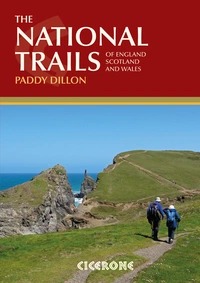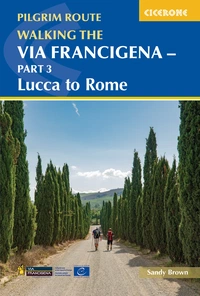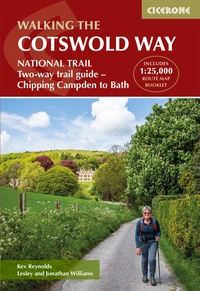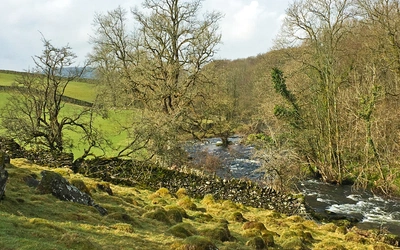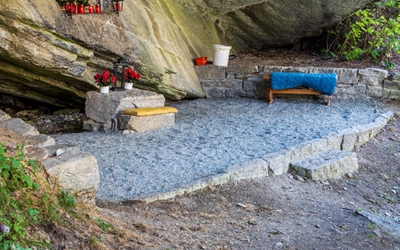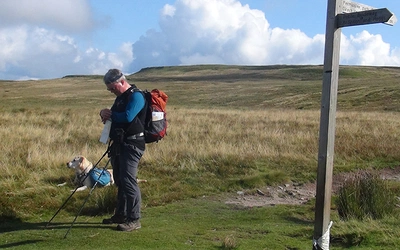How to get hill-fit and train for long-distance walking
Here are some top tips to build distance and strength to help you prepare your body for the hills, mountains and trails. If you're relatively new to walking, we hope that these tips and training suggestions help make your holiday walks a pleasurable and pain-free experience. Even if you're more experienced we hope this article will provide other useful ideas.
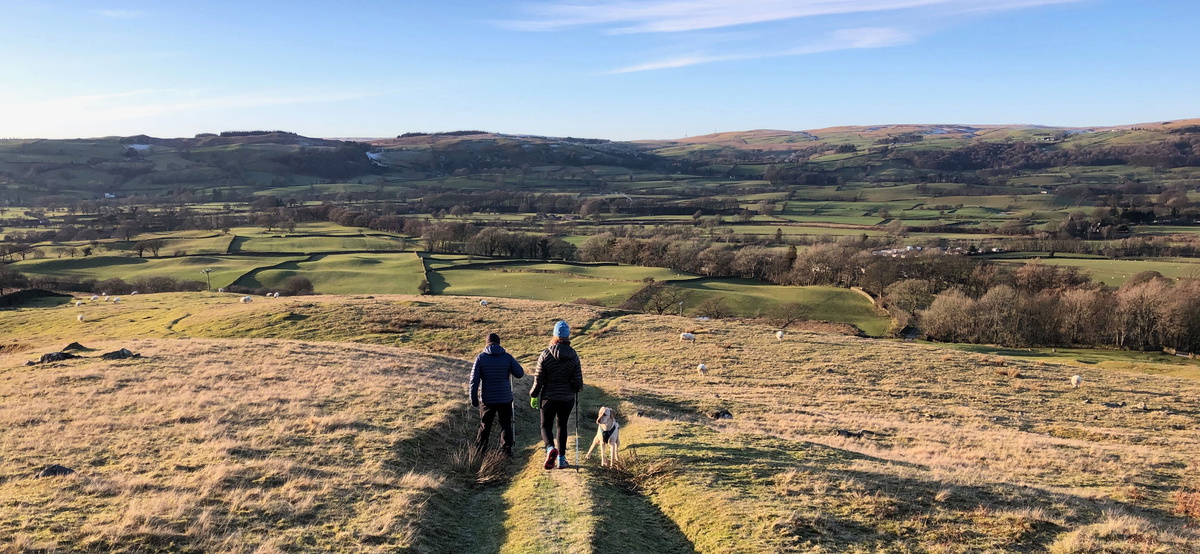
During the winter months it’s unlikely that you will have been able to sustain a regime of regular walking to the level that you would normally achieve during the summer, so spring and early summer is the time to get fit, and start a programme of training and strengthening your body and muscles. Serious injuries can happen at any time, but are much more likely if you push your body too hard too quickly after a long period of reduced physical activity.
Training for the hills, mountains and long-distance walks and trekking is about training the whole body, not just the legs!
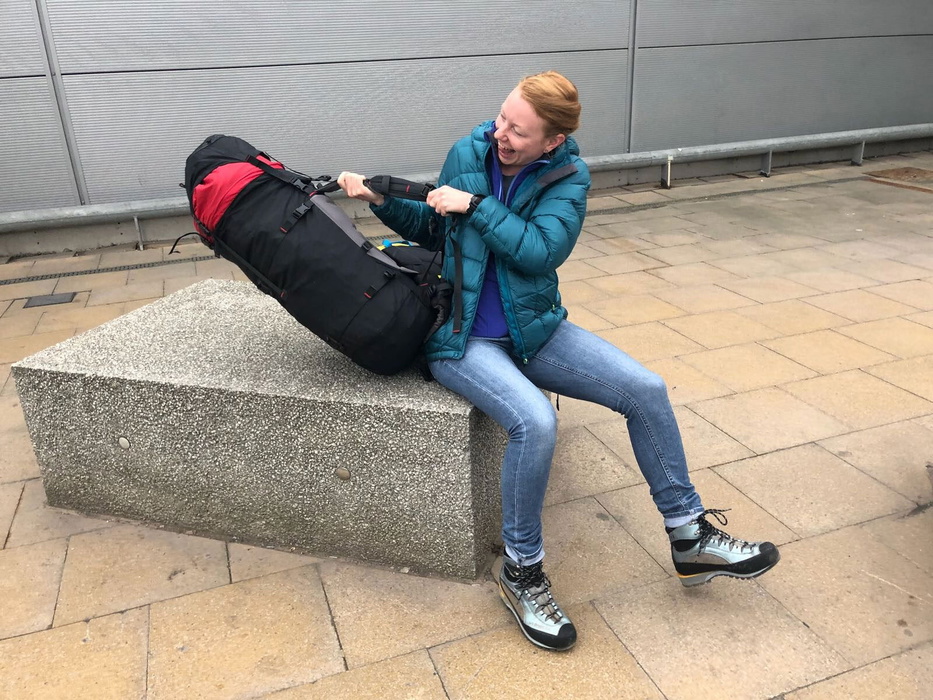
While most emphasis needs to be placed to getting your feet and legs in good shape and stronger, it’s important to remember that your body will need support too. Carrying a pack puts additional strain on not just the legs, but on the back and core muscles. If you’re using poles then your arm muscles will need to build up strength too. Ideally a good build up of training should last for at least three months. This will allow for steady increases of distance and height gain, and minimise the risk of over training, strains and other injury.
Prevent blisters from developing, rather than trying to treat them once they have become painful.
Use the time to experiment with footwear and combinations of socks, insoles, orthotics and other variables to make sure you have the best solution for your feet. Looking after your feet is essential. Ensure that muscle strain and soft tissue damage is avoided, and always try different ways to prevent blisters from forming, rather than trying to treat problems once they have developed. The application of tape or cream to potential trouble spots before you go out will prevent problems and rubbing, or you can try doubling up on socks which effectively achieves the same thing.
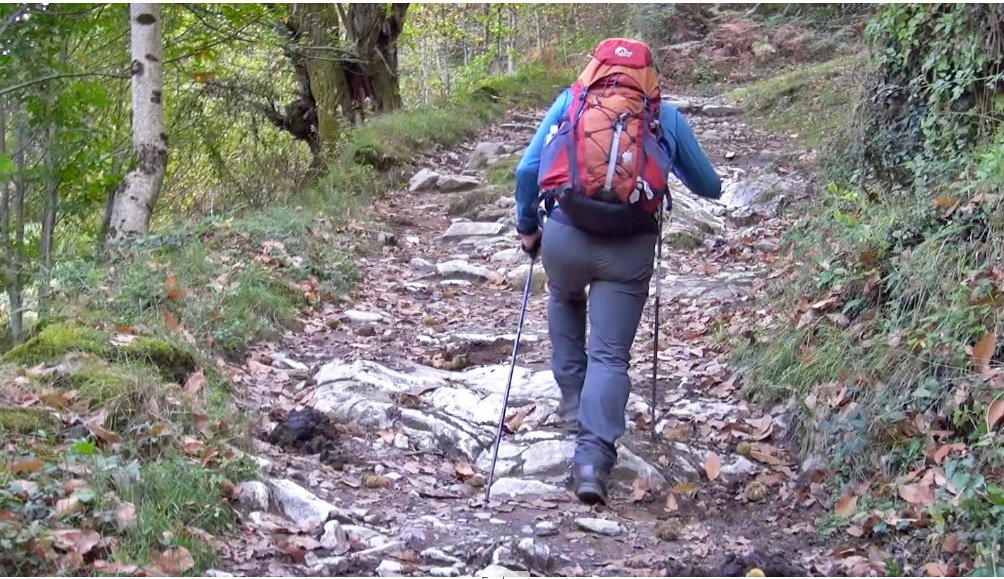
Daily walking regime
Build up slowly and steadily. Try to walk every day, whatever the weather, using the equipment and pack that you will be taking when out in the hills or on a trek. The pack shouldn’t be too heavy initially, but build up the weight steadily, as you build up the miles.
During the week, try to alternate days of brisk walking with a more moderate pace, and try to ensure you cover around 4-5 miles (7-8km) each day. At the weekends you can have back-to-back walks that concentrate more on building stamina for longer distances, developing fatigue-resistance and improving hill strength.
Suggested training for a long-distance walk or trek
Monday to Friday walks should be an achievable length to fit in during a working week, ie 4-5 miles (7-8km) ideally flat or undulating terrain, alternating a brisk and moderate pace.
Try to maintain this Monday to Friday regime throughout your period of training, building distance and hill training at weekends.
Mon-Fri every week: 4-5 miles (7-8km) ideally flat or undulating, alternating brisk and moderate pace
Week 1:
Sat and Sunday 4-5 miles (7-8km) flat or undulating, moderate pace
Weeks 2-5: build towards a goal of
Saturday 7-8 miles (12km) Sunday 7 miles (10km) with hills
Weeks 6-9: build towards a goal of
Saturday 8 miles (12km) Sunday 8 miles (12km) with hills
Weeks 10-13: build towards a goal of
Saturday 15 miles (24km) Sunday 12 miles (20km) with hills
Maintain this level until the final two weeks before going on your trek, then taper the training to around 12km each day at the weekends to allow your body to fully recover.
You're ready for your trek!
Hill training
Training your legs and body for hill walking is important, and even if you aren’t planning on a route that is particularly hilly, strengthening your legs will help prevent injuries whatever the terrain.
If you don’t have easy access to the hills, even at weekends, then try to use what is accessible. Stairs, a treadmill, or even road underpasses and overpasses (avoiding motorways or where traffic could put you in any danger). Anything that can provide an incline will be beneficial. If you’re using a treadmill, increase the incline setting gradually until you have it on the maximum setting. If it’s possible, also practice this in reverse, so you have training for downhill too, as you will be using very different muscles that provide braking and support in this direction.
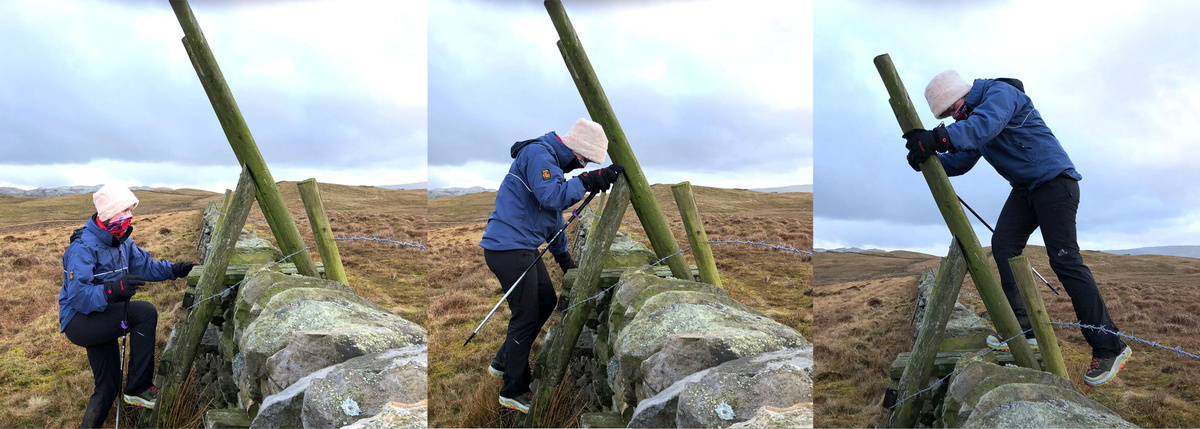
Exercises to strengthen your legs
Here are some suggestions for other easily accessible options to strengthen your legs. The emphasis here is on repetitions, building resistance slowly and steadily, and doing these regularly, along with your walks outside.
Do these exercises SLOWLY and with control.
Three top exercises - no gym equipment required
Do these exercises once or twice a week throughout the build-up of your training. Take it easy on them during your two-week taper period before the trek though.
To begin with, do each exercise for 30 seconds before moving onto the next exercise, and doing two sets of the whole routine. When this becomes easier and you are no longer achy in the days following the session, you can gradually increase the duration to one minute and go up to three sets.
1. Step ups
Stand at the bottom of a staircase. Depending on the height of the steps, put your left foot on the second step, step up until your leg is completely straight, squeezing your glutes as you reach the top. Don’t put your right foot on the step, but step down to the floor with it. Repeat with your right foot. Continue for 30 seconds.
To make harder: go slower; don’t ‘help’ yourself by springing with your trailing foot; add some weight (eg a backpack, or hold anything heavy).
Technique pointer: Concentrate on keeping your knee stable and in alignment to your foot and hip, not collapsing inwards.
How-to Video:
2. Goblet squats
Stand straight with both feet shoulder-width apart, feet slightly angled outwards. Hold a weight in both hands against your chest. Now, squat down as deep as you can without letting your heels rise off the ground. Coming back up, squeeze those glutes to come back to the standing position.
To make harder: add more weight. Joe likes to use a big water bottle/plant pot/logs/kettlebell.
Technique pointer: It’s crucial you keep your back nice and straight: neither allowing it to curve or hyperextend.
How-to Video:
3. Lunges
From a standing position, lunge forwards with the left leg, allowing the right knee to come down almost to the floor. Then push back to the standing position. Repeat with the other leg. Lunges are incredible strengthening exercises that can be quite demanding. If you’re not used to them then even a couple of 30 second efforts might leave you achy the next day or so. But doing them will really help your legs when it comes to those 1000m+ downhills you may encounter on your trek!
To make harder: weight. Hold a water bottle or dumbbells in each hand.
Technique pointer: Keep an eye on that knee, making sure it is tracking forwards in a straight line, not collapsing inwards. Also, try not to lunge so far forwards that your knee goes in front of your front foot.
How-to Video:


